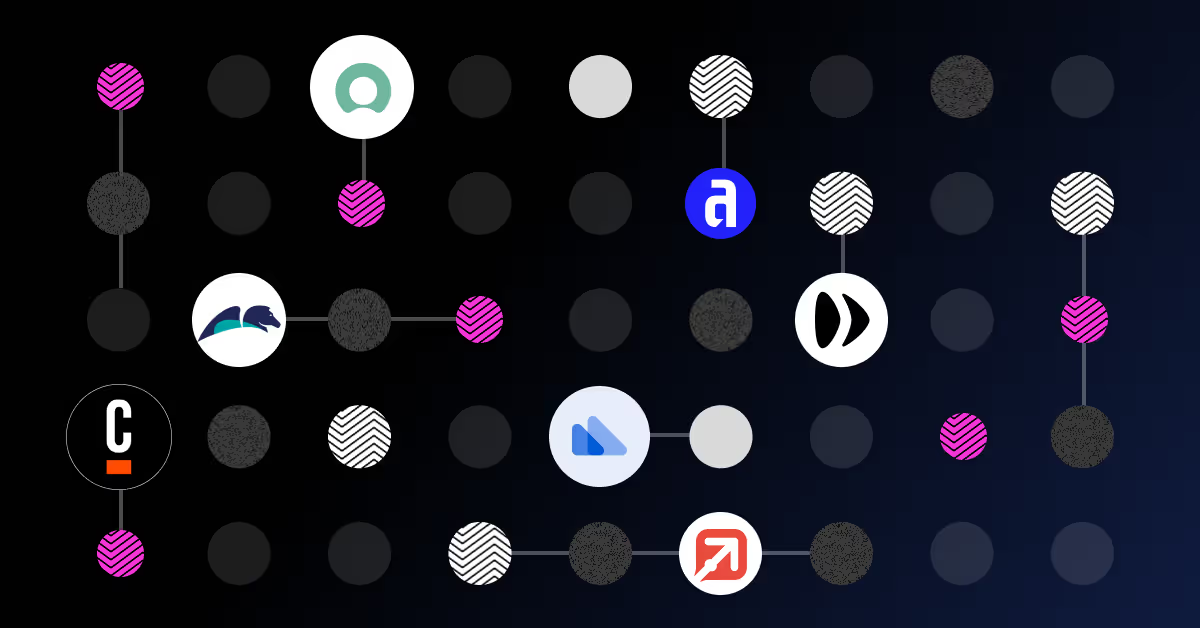Process improvement is kind of a big deal. Here’s why

Every business has its own network of processes that make sure everything runs like clockwork. These processes involve many different people, departments, systems, and rules. Some are quick and efficient, whereas others are usually painfully slow and consume a lot of resources. Process improvement separates the good from the bad and helps you make necessary changes to improve matters.
The problem is, most companies don’t have the transparency needed in their operations to see where the problems are, which in turn limits growth and efficiency. Even a few problematic processes can impact the whole operational ecosystem, causing mistakes, bottlenecks and inefficiencies.
Consider your own business…
- How much visibility do you have into the work being done on a daily basis?
- Do you know how long different tasks take, and who is doing them?
- What methods do you have to track delayed or bottlenecked work?
- Are you still using manual methods to run sophisticated services?
If you’re not happy with your answer to more than two of these questions, then stay tuned, because we’re going to explain why process improvement is a dealbreaker and (spoiler alert) how orchestration is the means to a better end.
You can't manage what you can't see
This is the reason so many businesses aren’t running more efficiently. If you don’t know where the problems are, how can you know what needs fixing? A successful business needs to have a clear vision of their inner workings on both a macro and micro level. Every process has an impact on how the whole operation functions, but if you don’t have the data to provide the necessary transparency, measuring performance and the way time and resources are being spent is impossible.
The usual suspects for causing these blind spots are a reliance upon outdated methods. Technology has advanced at an incredible speed, but many service-based organizations are still heavily dependent on manual input and antiquated tools, like spreadsheets and shared mailboxes. These methods may be familiar to many, but the upshot is a picture that’s both incomplete and unreliable.
Detailed data is integral to understanding how to make improvements, without it, decisions become little more than guesswork. To achieve the X-ray vision required for process improvement, you need a way of orchestrating your processes.
Orchestration solves the gaps in business operations
Let’s clarify exactly what we mean by orchestration in the context of process improvement – it’s the way by which you can run, manage, integrate and streamline processes across an entire service operation. Think of orchestration like a sponge that soaks up all your scattered processes and organises them into one cohesive, single view dashboard. All your emails, tickets and cases in one place with real-time stats on how you’re doing.
With orchestration, you can see end-to-end processes from start to finish, revealing how long work takes, where things get missed, how often there are delays, or any other way you’re losing time or resources. This gives you all the information you need to make process improvements.
In fact, the data that orchestration brings can shift businesses away from people-centric services to value-based services. You’re no longer selling X amount of employees, you’re selling X amount of services based on exactly what’s required.
Process improvement examples
Example 1: A £32 million improvement for TMF
TMF Group is a global provider of accounting, corporate secretarial, HR, and capital services, and they were facing challenges with scattered customer requests coming in through various channels. Without any centralized tracking, error rates were high and their operations were inefficient.
TMF took the step to integrate all the moving parts into Enate’s orchestration platform, where everything could be easily managed in one place. TMS’s 4,500 users had more clarity and control, were able to solve problems quickly, and take steps to fix them. Repetitive tasks were also automated, reducing mistakes and getting work done quicker. WIthin 6 months TMF has achieved a jaw-dropping £32 million margin improvement.
Example 2: EY increased operational efficiency by 15%
An international leader in assurance, tax, transaction, and advisory services, EY was dealing with fragmented workflows and a lack of visibility into global operations. Work was scattered across various pockets, there was a heavy reliance on manual processes, and it was challenging to monitor operational performance.
When EY adopted Enate’s orchestration platform, all processes were unified into a single system. They achieved the visibility they needed, allowing their teams to manage work more effectively and deliver a better client experience. After 6 months, they had achieved 15% overall efficiency savings.
Example 3: CMS improved resource allocation by 70%
CMS, a global law firm with a focus on delivering exceptional client service, was facing significant challenges with resource allocation and operational inefficiencies. Their processes were fragmented across various teams, leading to duplicated efforts, delays, and increased operational costs. With a strong need for digital transformation, CMS decided to implement Enate’s orchestration platform to streamline their workflows.
By unifying operations into a single system, CMS gained real-time visibility into workloads and performance, allowing them to allocate resources more effectively. Automation of routine tasks and centralised management further reduced inefficiencies. As a result, CMS achieved a remarkable 70% improvement in resource allocation within a short time, empowering their teams to focus on higher-value work and enhance overall client satisfaction.
Process improvement is key to growth
We’ve discussed how process improvement and orchestration boost efficiency, but what does that mean for the broader success of a business? In short, when your business is running more efficiently through orchestration, you can deliver a better service than before, but with fewer resources. Automated tasks and streamlined workflows free up money, time, and employees to be redirected toward higher value activities, meaning the kind of work that directly impacts client outcomes and the service you provide.
A big part of this transformation comes from the superior visibility and control you acquire with orchestration. A crystal clear overview of operations means no more hidden inefficiencies or issues, everything is out in the open to be addressed and improved. Better understanding results in better management and resource decisions, all of which ultimately contributes to profitability and growth.
Orchestration also helps businesses to shift from a rigid, dedicated teams model to a more flexible, service-based model. Resources are no longer locked into specific tasks or clients; instead, they can be allocated based on current needs and priorities. This kind of flexible service model allows businesses to quickly adapt to changing demands and maintain a competitive edge.
Process improvement tools
When it comes to choosing process improvement tools, orchestration should be your starting point. Think of it as laying down the train tracks, preparing you to move quickly when the time comes to make bigger changes. Once you’ve got the foundations right, then you can look at adding a layer of AI on top.
Service businesses that focus on the important work of process improvement and orchestration today will find themselves in a stronger position in the future. These businesses will thrive as they shift from people management to delivering seamless services at scale.
Enate’s process orchestration platform has a pay-per-user pricing model, making it ultra-affordable for service businesses of different sizes. To learn more about how orchestration can support process improvement in your business, book a demo today.










